What is Norway DNA Ethnicity on Ancestry?
The results of our AncestryDNA tests may sometimes be what we expect or on occasion may be a big surprise. Either way, often we need a little more information regarding some of the regions that arise in our ethnicity estimates.
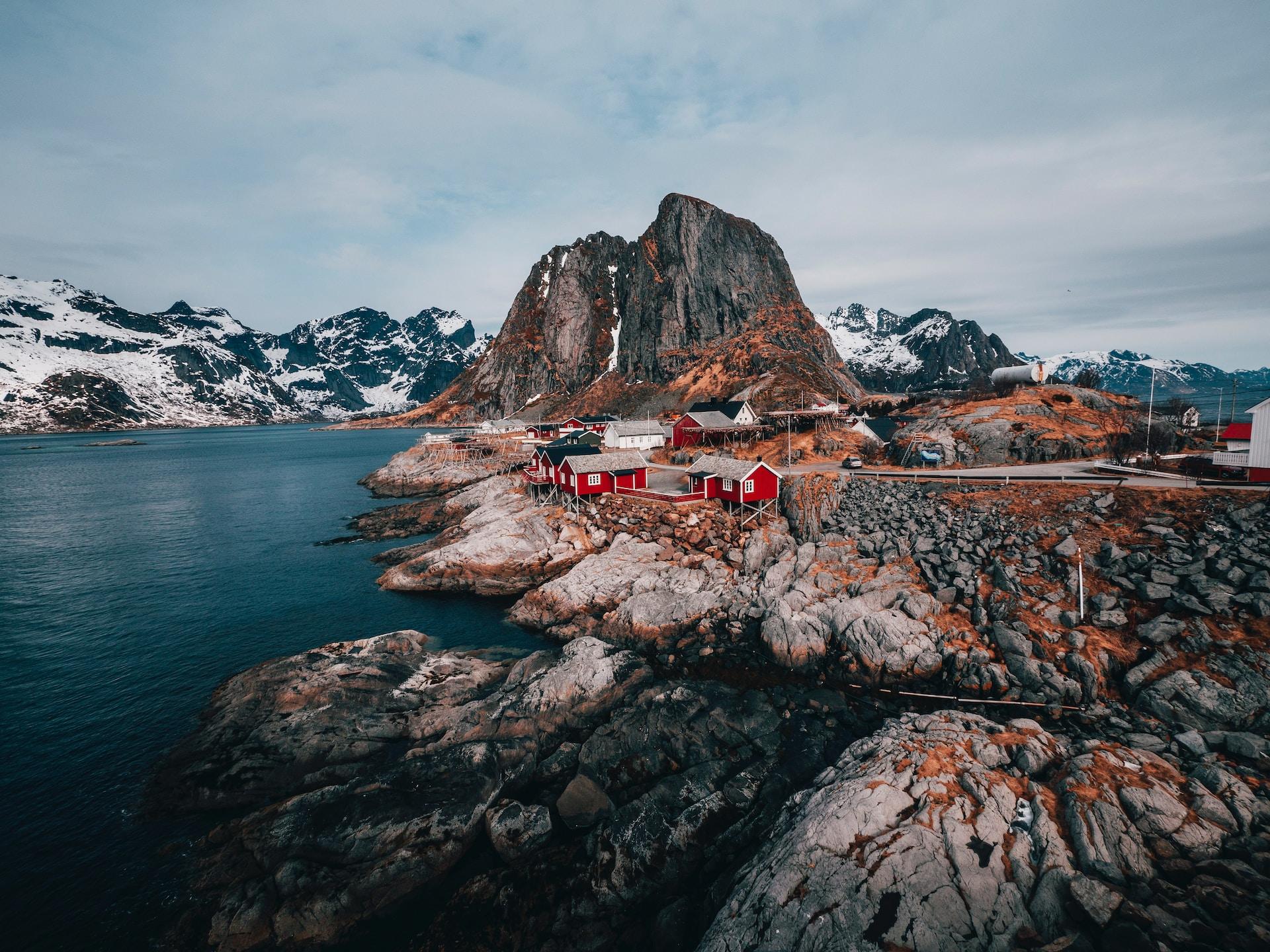
One region that is not at all uncommon is the Norway DNA region. Those who still live in this region already understand all about its history and culture. There are others, however, who may never have even visited or in fact been aware that they have ancestors from that area.
In this post we will go into more detail with regards to the history, geography and culture of the Norway region. We will also discuss what it means to be from this region and how easy or difficult it might be to trace our roots in the Norway Region.
What Is the Norway DNA Region?
The Norway DNA region is located on the Scandinavian Peninsula and extends a great distance into the Atlantic Ocean. As the name suggests it covers all of Norway but also sees considerable overlap into Sweden in the south and small sections of northern Finland to the east. Additionally the Atlantic Ocean islands of Iceland, Greenland and the Faroe Islands are included in this DNA region as well.
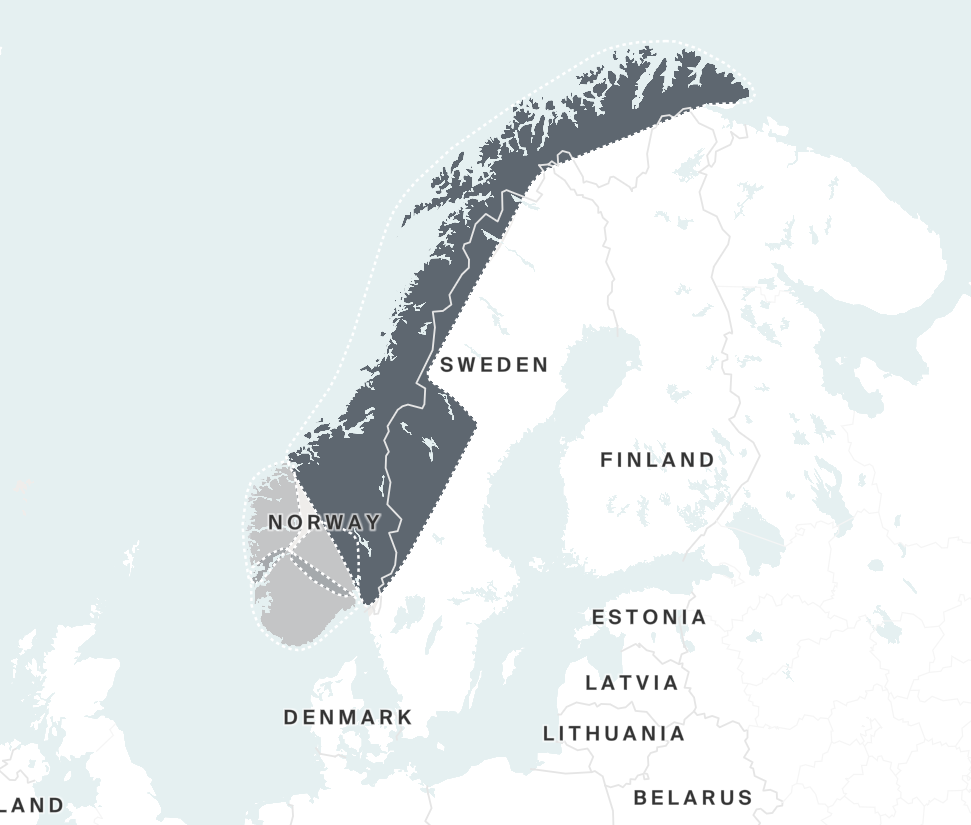
Norway DNA Region Subregions
The Norway DNA region consists of 4 main subregions all of which have multiple smaller regions and communities. This is particularly important for those researching their Norway region origins as it can help further define where their ancestors may have come from.
Eastern Norway
The Eastern Norway subregion is located in southeast Norway. It is a landlocked region however which does not extend to the coastal regions. There are 16 additional subregions with the Eastern Norway region which are:
- Buskerud
- Etnedal, Nord-Aurdal & Nordre Land
- Hallingdal Valley
- Hallingskarvet
- Nes, Flå & Krødsherad
- Nord-Aurdal
- Nord-Aurdal & Sør-Aurdal
- Nordre Land & Søndre Land
- Oppland
- Rollag, Sigdal & Krødsherad
- Rollag, Sigdal, Flesberg & Krødsherad
- Rollag, Tinn & Notodden
- Slidrefjord
- Telemark-Buskerud Border
- Valdres
- Vestre Slidre
Southeastern, Central & Northern Norway
The Southeastern, Central & Northern Norway region covers most of Norway and also crosses over into north Sweden and parts of north Finland. This sizable subregion has no fewer than 32 additional smaller subregions and communities. These include:
- Central Hedmark
- Central Norway
- Central Oppland
- Central Østerdalen
- Central Trøndelag
- East Central Oppland
- Hadeland
- Lillehammer
- Molde, Gjemnes, Vestnes & Northern Romsdal
- Nordland & Troms
- Nordre Land, Søndre Land & Northern Toten & Ringsaker
- Northeastern Oppland
- Northern Hedmark, Southeastern Trøndelag & Northeastern Dalarnas län
- Northern Møre og Romsdal, Oppland & Northern Hedmark
- Northern Oppland
- Northern Østerdalen
- Northern Trøndelag & Jämtlands län
- Northwestern Oppland
- Østfold, Oslo & Southern Akershus
- Smøla, Aure, Kristiansund, Halsa & Surnadal
- Southeast Oppland & Hedmarken
- Southeastern Hedmark
- Southeastern Trøndelag
- Southern Åsnes & Western Grue & Kongsvinger
- Southern Hedmark, Eastern Akershus & Southern Oppland
- Southern Østerdalen
- Southern Ringsaker & Hamar & Northern Stange
- Southern Trøndelag
- Southwestern Hedmark
- Southwestern Trøndelag
- Toten
- Trøndelag, Northern Hedmark & Jämtlands län
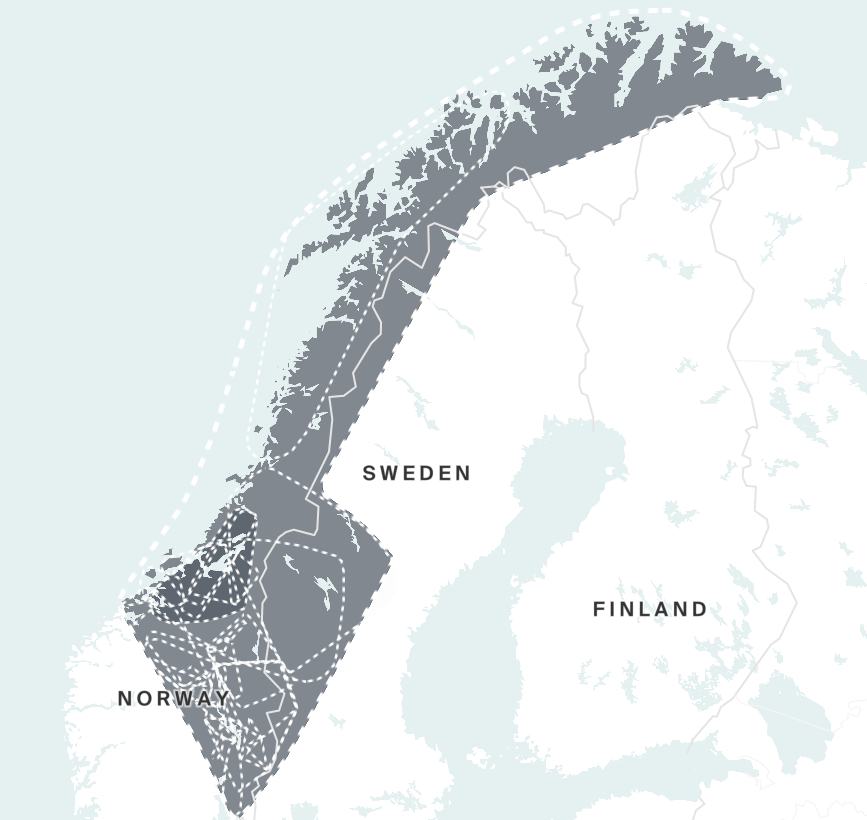
Southern & Southwestern Norway
The sizable Southern and Southwestern Norway subregion is compacted into the southernmost tip of Norway with no crossover into neighboring Sweden. This subregion has 29 different smaller community regions which further define the area this includes:
- Boknafjord
- Bygland & Valle
- Dalane
- Farsund & Lyngdal
- Finnøy
- Flekkefjord
- Hardanger
- Hardanger & Sunnhordland
- Hjartdal
- Hordaland
- Jæren
- Karmøy
- Lyngdal
- Mandal
- Midthordland & Sunnhordland
- Skagerrak Coast
- Sokndal
- Sørlandet
- Southern Norway
- Stavanger & Sola
- Suldal & Finnøy
- Suldal, Finnøy & Rennesøy
- Sunnhordland
- Telemark & Aust-Agder
- Telemark & Vestfold
- Upper Telemark & Vestfold
- Vest-Agder & Aust-Agder
- Vest-Agder & Rogaland
- Vinje, Kviteseid & Tokke
Western Norway
The Western Norway subregion is located on the coastal region in southwestern Norway. This is a smaller subregion with no fewer than 17 further communities which include:
- Askvoll, Fjaler & Gaular
- Aurland
- Gjerde
- Leikanger & Sogndal
- Leikanger, Sogndal & Balestrand
- Luster
- Luster, Jølster, Leikanger & Sogndal
- Luster, Leikanger & Sogndal
- Møre og Romsdal
- Nordfjord
- Nordfjord, Sunnfjord & Møre og Romsdal
- Nordhordland & Midthordland
- Nordhordland & Voss
- Nordhordland, Midthordland & Voss
- Sognefjord
- Sunnfjord
- Voss
Norway Region History
After the Ice Age
Around 12,500 years ago the last ice age ended and vast glaciers receded north from northern Europe. As the sheet of ice moved northward it exposed the land of what is today the Scandinavian Peninsula. This new land was quickly explored by stone age mainland Europeans who traveled north between 9,000 and 1800 BC.
These hunters and gatherers followed herds of animals with the hunters ranging the furthest north in search of game. This would bring them to the region we know today as Norway.
Early Norwegians
Sharing a common ancestry with the people who settled in Denmark and Sweden, the people of what is now modern-day Norway consisted of the hunters who traveled further north. In this region remnants of the ice age hung onto the northern coast of the Scandinavian Peninsula making for harder and colder conditions.
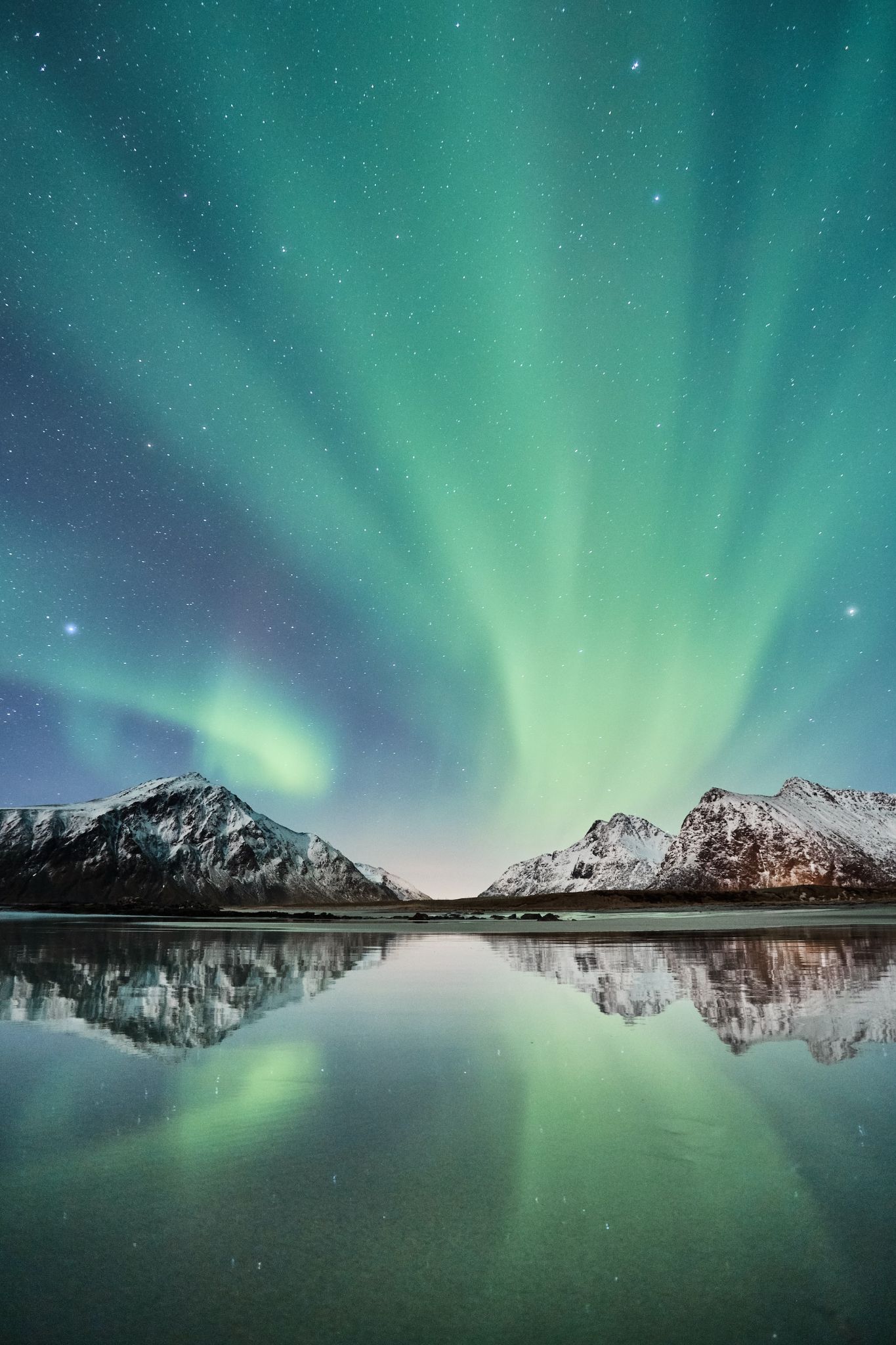
The early settlers of Norway mainly hunted and fished to survive with a few starting very primitive farms as well. It wasn’t until around 2500 BC that the ice age finally fully receded from Norway making it possible for more settlers to arrive.
Farming began to take over hunting although fishing remained an important source of food. During this same period, new nomadic peoples arrived in Norway. The Sami traveled to and settled in Norway from somewhere in Eurasia. They were reindeer herders, hunters and fishermen and they still exist today holding on to many ancient practices.
Norwegian Vikings
As with the Vikings that developed in Sweden and Denmark the Norse of Norway developed as a result of the Scandinavian iron age (500 BC – 800 AD). They traveled by sea to the west interacting with the Gauls and the Roman Empire from (1 – 800 AD).
The Norwegians acted as mercenaries and traders throughout this period developing a ferocious reputation. They did not trade as much as the Swedish and Danes but were most often raiders who would settle in other regions when they could.
Settlement of England
In about 876 the Norwegian Vikings began to settle in northern and eastern England taking control of about a third of the country in a region they called Danelaw. They would maintain this control for 80 years.
From 1016 – 1035 AD the Danish King Cnut the Great ruled England as well as Denmark and parts of both Norway and Sweden.
The Scandinavian Islands
Westward into the North Sea and the Atlantic Ocean, the Norwegian Vikings ranged in search of lands to raid and settle. This gave rise to the Scandinavian strongholds of Iceland, Greenland, and Faroe Isles.
Iceland
This is an island that has no pre-historic known settlement and is thought to have first been settled by Vikings from Norway. Records written centuries after the supposed events suggest that a Norwegian by the name of Ingolfr Arnarson was the first permanent settler on the island in 874 AD.
Records from the 12th century “Book of Settlements” mention some 400 settlers going to Iceland. These supposedly included mainly people from Norway but also families from other Scandinavian countries and some Scandinavian settlers from England.
Greenland
The largest island in the world, Greenland, unlike Iceland, did have a prehistoric culture that precedes the Norwegian settlements. Early Inuits travelled to Greenland from the islands north of the North American mainland.
These indigenous American peoples lived on the island in phases between 2500 BC – 700 AD with periods in which the island was uninhabited. Around 700 AD the most recent wave of Innuit settlers arrived on the island and made homes in the North. They remained there until around 1300 AD.
It was around 980 AD that settlers from Norway arrived in Greenland making their settlements in the south. This means it is likely there could have been interactions between the Inuits in the north and the Norse in the south.
Faroe Islands
The Faroe Islands were first settled by Irish monks in 700 AD before the arrival of Norwegian Vikings in 800 AD. This led to settlement from Norway and various other Scandinavian countries.
The islands have been subject to frequent changes of political control over the centuries but exist today as part of the Sovereign State of Denmark.
How Did You Get Norway Region DNA?
If you already know that you had family who came from Norway or any of the bordering states then you know why you have Norway region DNA. If this result came as a surprise you may not know how exactly you came by DNA from this region.
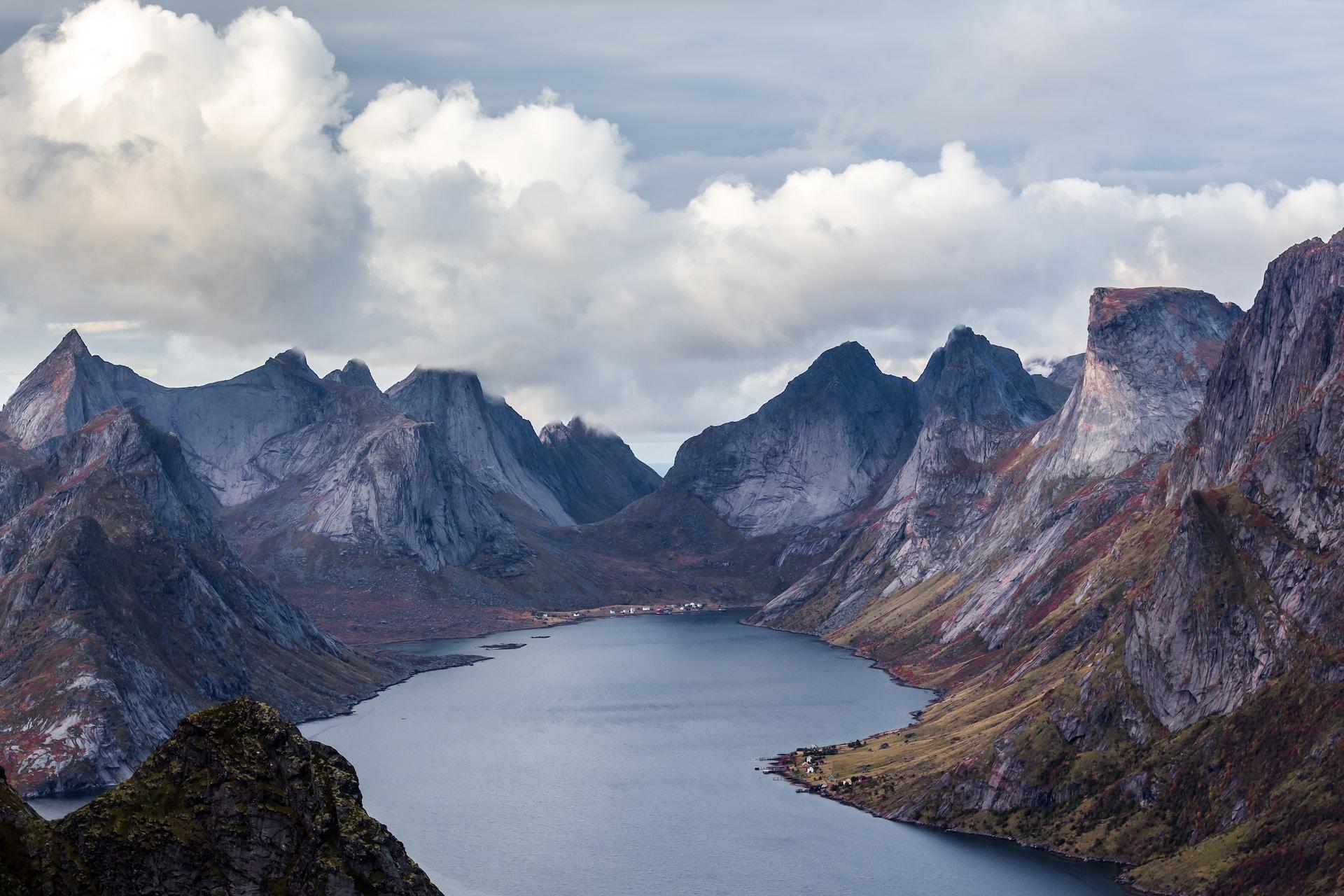
If you have a sizable percentage of DNA from this region then it is likely you have an ancestor who was born in or close to the country of Norway.
Is the Result Accurate?
When it comes to ethnicity estimates the higher the percentage you have from a certain region the more likely it is to be accurate. If your percentage is low, however, then it is harder to pinpoint exactly where your most recent ancestors came from.
A low result could mean a distant ancestor from that region. It is best to focus on your highest rated region's matches to determine where your ancestors came from more recently. A low percentage can often be hard to locate because the ancestor in question could be many generations back in your tree.
How to Research my Ancestry from These Regions
The results of a DNA ethnicity test are of course a great place to start especially if there is an unexpected result found in the report. As always of course the DNA cannot tell the whole story and we need to actually do the research work.
A percentage on an ethnicity estimate means very little unless you follow through and start building up your family tree. The relevant ancestors may be several generations back and it may take a lot of research to discover who they were.
If you have specific regions mentioned in your report then you have a good idea of where your ancestor may have originated from. Ancestry DNA even has migratory information from some of these regions through to the final settlement places in the United States or elsewhere in the world.
Using Ancestry you may be able to determine not only who your ancestors were but where they are from in the region and perhaps the reason they decided to move.
Norwegian Migration
Norsemen
The first Norwegians to make landfall in the Americas were Vikings. It was Lief Erikson who was the first European to reach North America which he did from his home base of Greenland. This was around the year 1000 AD. The Norse however did not settle in the region because of conflicts with the indigenous peoples.
Some of the earliest Norwegians to arrive in America did so by way of the Netherlands. This was during the 17th century when numerous Norwegians connected with the coastal lumber trade migrated to Amsterdam. From there many of them were drawn along with the Dutch colonials to move to America in search of better opportunities.
In the 19th century immigration to the Americas was driven by the idea of religious freedom and then later agricultural disasters in the region that would lead to mass poverty. The European Potato Failure of the 1840s being one such major event.
Norwegian DNA in the UK
It is extremely common for individuals of British descent to show at least small amounts of Norwegian region DNA. This is as a result of the mass Scandinavian settlement of the British Isles during the Viking era.
Final Thoughts
The Norwegian DNA region consists of the country of Norway, parts of Sweden and Finland as well as several islands far to the west in the Atlantic Ocean. The unique DNA found in this region has spread widely thanks to the traveling spirit of the Norsemen.
The Norwegian Vikings found their way to the America’s hundreds of years before Columbus even sailed aboard his first ship. They are a rugged peoples shaped by the harsh conditions of the land they decided to make their home thousands of years ago.
Link To or Reference This Page
We spent a lot of time downloading, cleaning, merging, and formatting the data that is shown on the site.
If you found the data or information on this page useful in your research, please use the tool below to properly cite or reference Name Census as the source. We appreciate your support!
-
<a href="https://namecensus.com/blog/what-is-norway-dna-ethnicity-on-ancestry/">What is Norway DNA Ethnicity on Ancestry?</a>
-
"What is Norway DNA Ethnicity on Ancestry?". NameCensus.com. Accessed on May 7, 2024. https://namecensus.com/blog/what-is-norway-dna-ethnicity-on-ancestry/.
-
"What is Norway DNA Ethnicity on Ancestry?". NameCensus.com, https://namecensus.com/blog/what-is-norway-dna-ethnicity-on-ancestry/. Accessed 7 May, 2024
-
What is Norway DNA Ethnicity on Ancestry?. NameCensus.com. Retrieved from https://namecensus.com/blog/what-is-norway-dna-ethnicity-on-ancestry/.
